Teaching the New Tools of Monetary Policy
Resources for teaching the Fed's monetary policy tools in an ample-reserves framework.
{{searchResultSnippet}}
 Back to All
Back to All
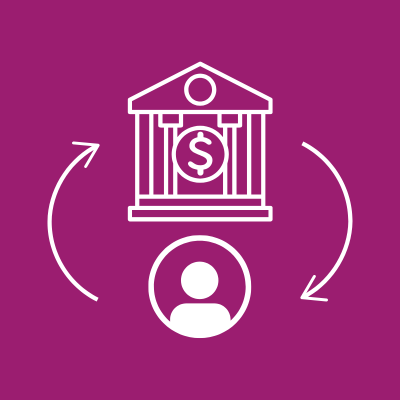
This video assignment combines history and economics and describes who so many people opposed President Washington signing a bill to create the first bank of the United States.
In Colonial America there were no banks. During the revolution the continental congress printed huge amounts of currency which led to rampant inflation. Thanks to that inflation the continentals were practically worthless by the time the war ended. But soon after independence banks were established and Alexander Hamilton proposed a national bank. A modern central bank does things like issuing a common currency, determining the money supply, regulating depository institutions, and acting as a lender of last resort for banks that are facing temporary cash shortages or when financial markets are disrupted. It can also serve as a bank for its own government. Alexander Hamilton the first secretary of the treasury and his followers believed the new country needed a national bank. Did everybody want one? We've got to have a national bank and a strong one too. Our country's destined to become a capital of commerce. Spoken like a yankee with a heavy purse as we're my friend. Farming is the beating heart of this nation and the bankers will squeeze that heart. You're like a horse with blinders on you can't see but what's right in front of you. It will favor the speculators. It will favor America and all will prosper. Too much power in too few hands ripe for favoritism and corruption. Alexander Hamilton championed the idea of a national bank in the United States. Others in the young government including Thomas Jefferson who would later be President were very much against a national bank. Jefferson said that since the constitution did not explicitly grant congress the power to establish a national bank such a bank would be unconstitutional. Hamilton had a looser interpretation of the constitution. Congress may do what is necessary to the end for which the constitution was adopted. Provided it is not repugnant to the natural rights of men or to those which they have expressly reserved to themselves or to the powers which are assigned to the states. Hamilton and his supporters argued that there were some really solid reasons for establishing a national bank. Like what? Like as a way for the federal government to finance its revolutionary war debts also to create a more uniform paper currency and to expand the availability of credit nationwide. In the end Hamilton's interpretation of the constitution won out. In 1791 George Washington signed the bill that created the bank of the United States. The bank was chartered for 20 years. It opened in Philadelphia then other branches opened in port cities. The bank was owned partly by the federal government and partly by private investors. It was by far the largest financial institution in the US at the time. This was the government's bank or as many people say the government's fiscal agent. It received the government's revenues, held its deposits and made its payments. it was also a bank for the public. Accepting deposits from and making loans to businesses and individuals. Unlike modern central banks, the bank of the United States did not officially set monetary policy and it didn't regulate other banks. Yet because the bank was big and had branches in several cities it influenced the whole country's economy. In fact, it was so influential that a change in its lending policies affected the lending practices of state chartered banks and that affected the availability of credit nationwide. Even after the first bank of the United States had been around for 20 years, arguments over whether we should even have a national bank were still very much alive. Congress was still evenly split on whether or not such a bank was needed or even constitutional and in 1811 the bank's charter failed to be renewed. No more national bank at least for a little while.
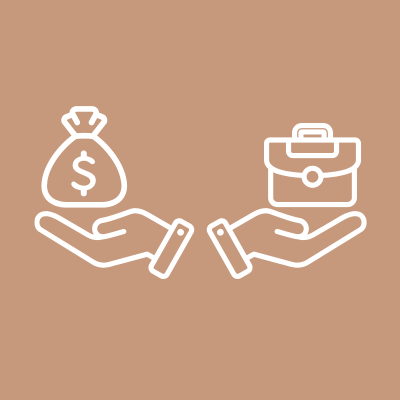
Teaching the New Tools of Monetary Policy
Resources for teaching the Fed's monetary policy tools in an ample-reserves framework.
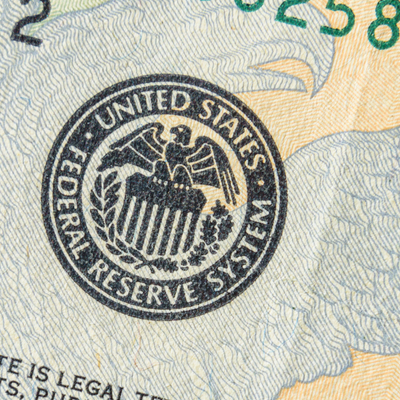
Making Sense of the Federal Reserve
Introduce the structure of the Federal Reserve and the basics of monetary policy.
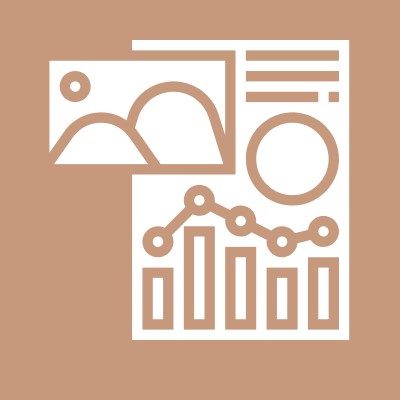
Fiscal & Monetary Policy
Define fiscal and monetary policy and highlight their differences.
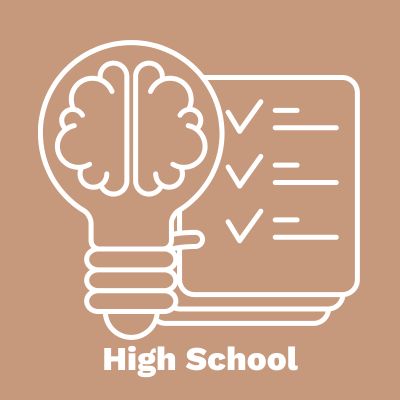
What Happens When the Federal Reserve Raises Interest Rates?
Demonstrate how a change in the target range for the federal funds rate transmits through the economy.
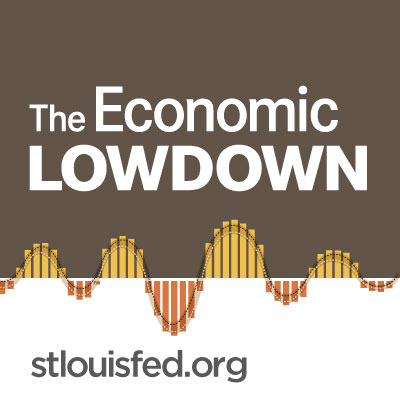
Econ Lowdown Podcast Series
21 Economics audio assignments for your classroom
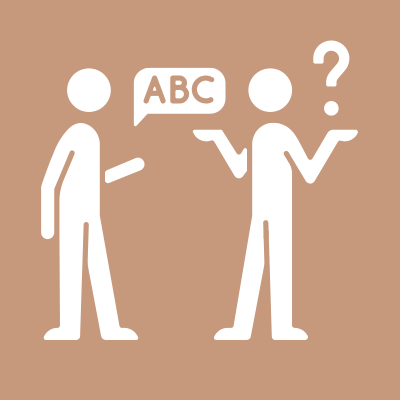
Jargon Alert: Helicopter Money
Learn about a tool to stimulate economies and fight deflationary pressures.
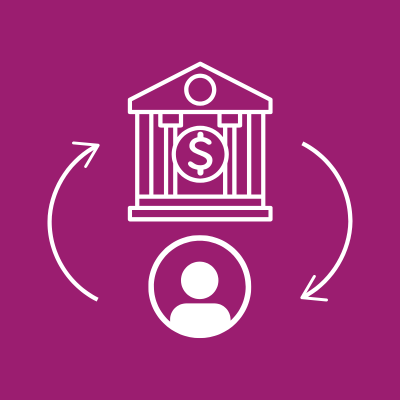
Boom Times and Bubbles: The Internet Age
Learn about the Monetary Control Act of 1980.

Central Banking
Learn the basics parts a central bank.

Creation of the Federal Reserve
Learn about banking panics, recessions, and depressions in the U.S. during the 1800s.

Inflation, Deflation, and Disinflation
Learn the differences between inflation, deflation, and disinflation.

Inflation, the Fed, and You
Learn what causes inflation.

Introduction to the Federal Reserve
Introduce the Fed’s three main functions.

Monetary Policy Fed and You
See how the Fed conducts monetary policy.

Money Versus Barter
Learn how money solves problems created by barter systems.

Price Stability
Learn the importance of price stability.

Stagflation in the 1970s
How did Federal Reserve Chairman Paul Volcker contain inflation, spurred economic growth, and reduced unemployment?
{{resourceTitle}}
{{resourceBlurb}}